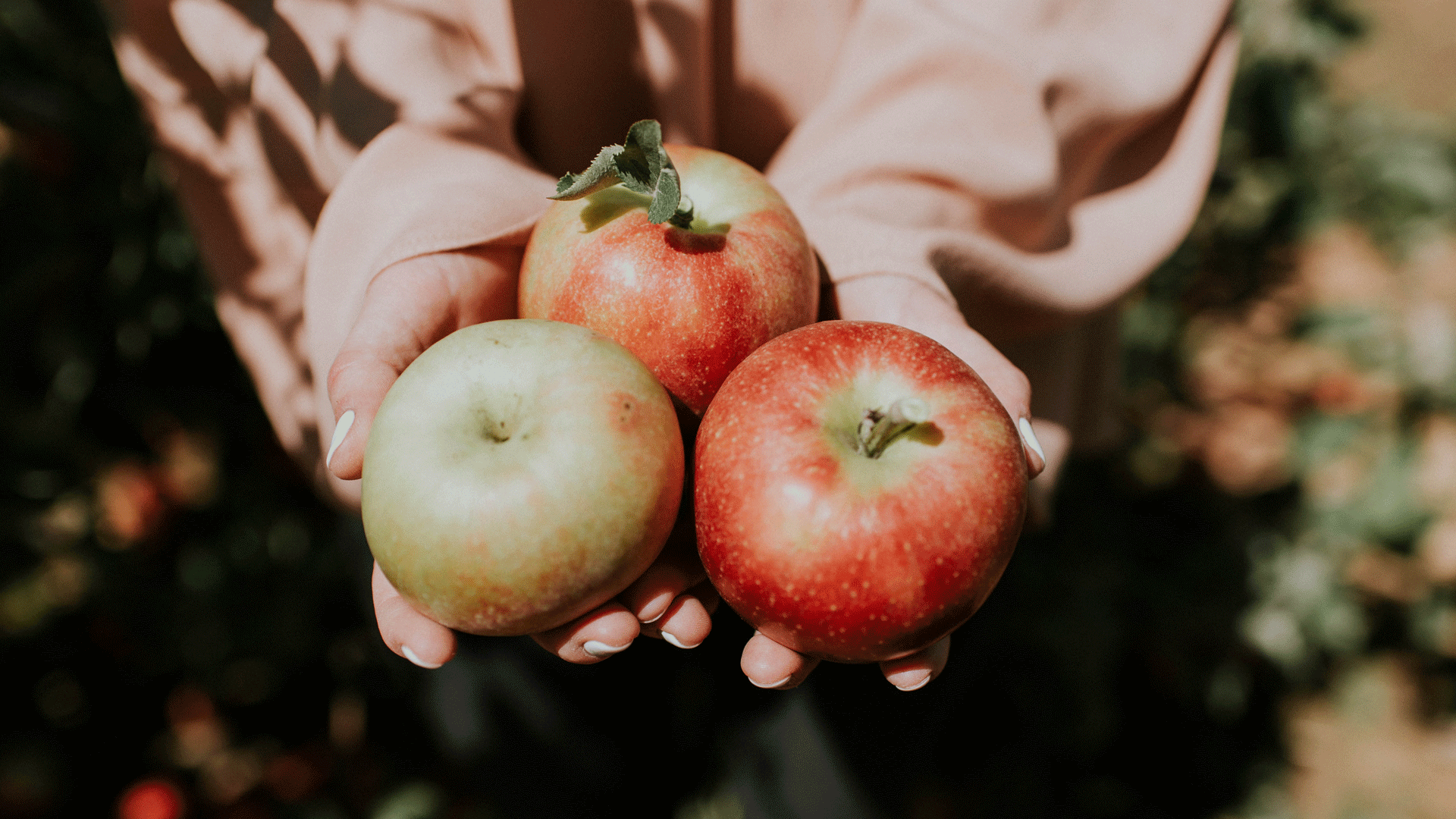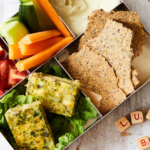
09 Apr Simple Ways You Can Share With Your Community
There are a number of ways you can save your money by sharing with your community. We take a look at how sharing within the community can bring us all together, as well as help us save our hard-earned pennies.
The sharing economy is growing at a rapid pace, and the idea of sharing resources is starting to take hold in the mainstream. In her 2012 TED talk, Rachel Botsman spoke of the sharing economy as a way to minimise buying things that have a limited use. Talking of handheld drills, which, on average, are used for a total of 12–13 minutes throughout their entire life, she exclaimed, “You need the hole, not the drill!”.
Turo, Lyft, TaskRabbit and Airbnb are symbolic of the emergence of mainstream sharing; but there is a much more personal way to share that also taps into one of our most important resources — community.
Is there a way you and your family, friends or neighbours can share common resources?
Are there things you don’t use very often, but would probably go out and buy if the need arose? Perhaps one person could have extra wineglasses while another has the power drill? Someone else has the entertaining platters and another has extra chairs or folding tables? Split a lawnmower between neighbours or share camping gear among friends?
For decades, there has been a box sitting on the table at my extended family gatherings. The box is ugly, beaten up and scratched, and it’s full of mismatched cutlery. My childhood memories are of barbecues and birthdays, Christmases and soup nights where the cutlery box sat on the table as countless hands dipped in and grabbed a fork or a dessertspoon. It went from house to house, helping to feed the people I love. No one cared that the cutlery didn’t match. The box filled a need, and we were all free to use it if we had a party or an event at home.
Not only does sharing help you cut down on the things you need to buy, maintain and store, but it is also a way of connecting with neighbours, friends and family.
In a small way, it reminds us that we’re not alone, that we ’re part of something larger than ourselves.
Now, I am sure this is common sense to someone as lovely as you, but if you’re going to go into an arrangement like this, don’t be a jerk. Be generous with your lending, look after everything as if it were your own and return it as soon as you’ve finished. (My parents may be reading this and scoffing at the thought of all the books of theirs I read and never returned over the years. Sorry, Pete and Bez, I’m better at it now! Plus, I go to the library instead).
Borrow things
I don’t own a gravy boat. And while modern consumption and rules of adulting would have it that I should just go out and buy one, I choose to borrow one instead. My mother-in-law has a lovely gravy boat that she’s more than happy to lend me on the annual occasion I might need one.
There is a stigma attached to borrowing things, however, and I think it’s something we need to move beyond if we’re to embrace slower, simpler living. We’re told that real grown-ups own a power drill, a linen tablecloth and ample wineglasses, and that borrowing those things is a little bit lame, or inconvenient, or even intimidating (think of the people we might have to talk to! What if they say no!).
But having a conversation about borrowing offers us an opportunity to gain so much. I don’t just mean a gravy boat or white tablecloth or some proper chardonnay glasses, but also relationships and connection and generosity.
Being able to lend things to people and understand that your relationship is open to reciprocation is to create another layer of community.
It’s to admit, even in some small way, we don’t have it all and that’s OK. It’s letting down our guard and extending an invitation to others to join us in being a little more open and honest and generous.
There are things that don’t lend themselves to easy borrowing, of course — toothpaste, pyjamas and irreplaceable sentimental items spring to mind (though I’d argue there are far less of those than we think) — but a little forethought and planning can open up a whole world of borrowing and lending that, in turn, frees up space in your home, reduces your footprint and allows the opportunity for connection.
Here are 18 things you can borrow from friends, family or a close-knit crew of local people who are all happy to be part of a sharing circle:
- Suitcases
- Spotting equipment
- Camping Gear
- Power tools
- Blankets or bedding for occasional guests
- Platters, crockery and glassware
- Cake tins
- Books
- Gardening equipment
- Toys
- Trailers
- Cars
- Kitchen appliances
- Sewing machines
- Baby gear
- Lawnmowers
- DVD’s
- Craft or hobby-related equipment
For more slow living ideas, check out our stories on raising mindful kids, practicing simplicity, community gardens and our mindfulness + wellbeing mini mag.
 This is an edited extract from Slow by Brooke McAlary, published by Allen & Unwin, $32.99 and is available in stores nationally.
This is an edited extract from Slow by Brooke McAlary, published by Allen & Unwin, $32.99 and is available in stores nationally.
Photography by Natalie Collins



